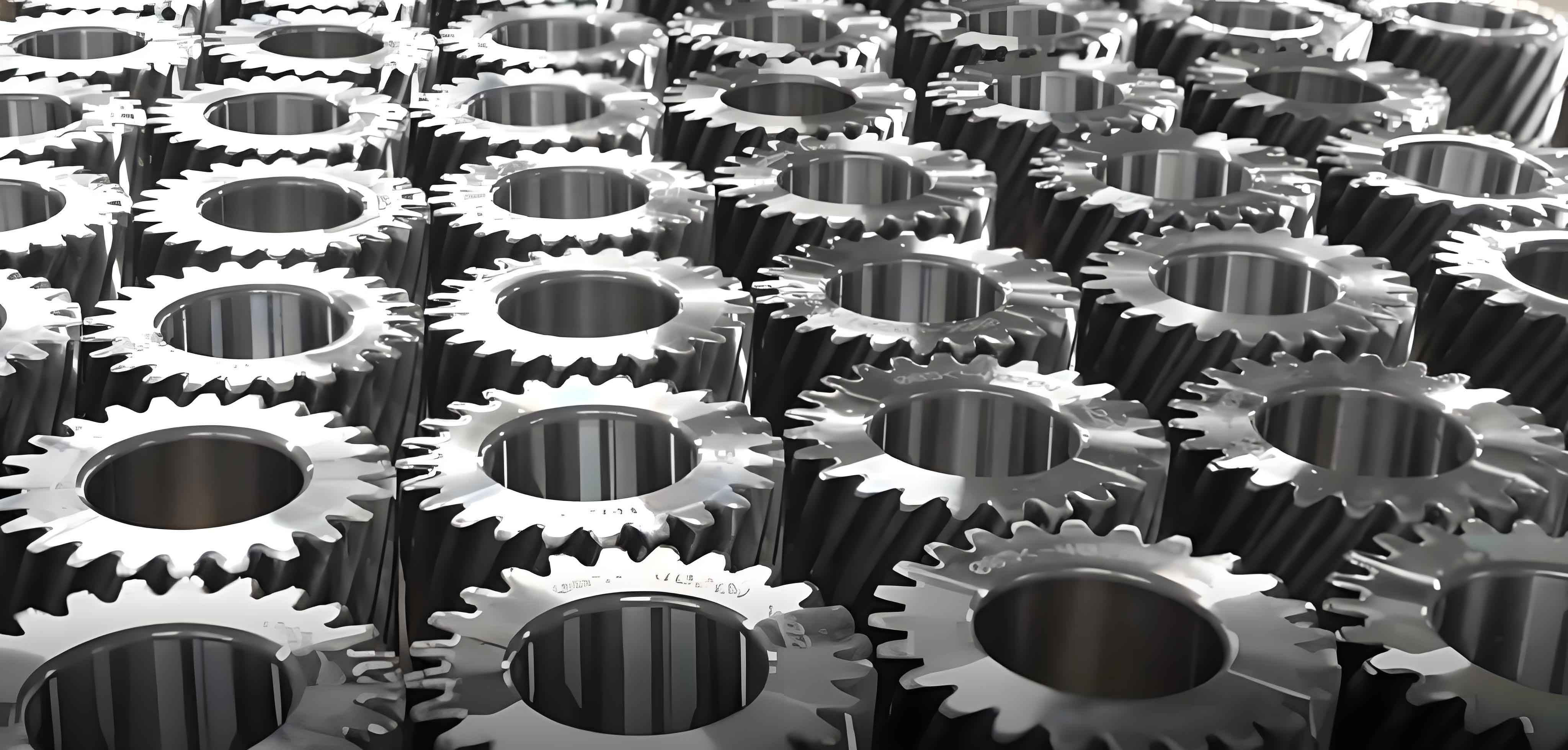
Introduction
Noise generated by spur gear is a significant concern in various industrial and mechanical applications. The characteristic meshing of straight teeth in spur gear can produce unwanted noise and vibrations, affecting both the performance and the working environment. This article explores the causes of noise in spur gear and presents strategies for noise reduction to enhance operational efficiency and comfort.
Understanding Noise in Spur Gear
Spur gear generate noise due to the interaction between their teeth during meshing. The primary causes of noise in spur gear include:
- Gear Meshing: The contact between gear teeth produces vibrations, leading to noise.
- Tooth Profile Errors: Imperfections in the tooth profile can cause uneven meshing, increasing noise levels.
- Misalignment: Misaligned gear result in improper contact between teeth, generating additional noise.
- Load Variations: Fluctuations in load can lead to variations in gear meshing forces, contributing to noise.
- Surface Roughness: Rough gear surfaces increase friction and noise during operation.
Importance of Noise Reduction in Spur Gear
Reducing noise in spur gear is crucial for several reasons:
- Improved Efficiency: Lower noise levels often indicate smoother gear operation, leading to improved efficiency.
- Enhanced Comfort: In industrial settings, reduced noise contributes to a more comfortable and safer working environment.
- Extended Gear Lifespan: Minimizing noise can reduce wear and tear, extending the lifespan of spur gear.
- Regulatory Compliance: Adhering to noise regulations and standards is essential in many industries to avoid penalties and ensure compliance.
Strategies for Noise Reduction in Spur Gear
- Optimized Gear Design
- Tooth Profile Modification: Modifying the tooth profile to include profile shifting or using specialized gear designs such as helical gear can reduce noise.
- Contact Ratio: Increasing the contact ratio by optimizing gear dimensions helps in distributing the load more evenly, reducing noise.
- Tooth Surface Finish: Improving the surface finish of gear teeth through precision machining and polishing reduces friction and noise.
- Material Selection
- High-Damping Materials: Using materials with high damping properties, such as composites or certain metal alloys, can absorb vibrations and reduce noise.
- Coatings: Applying noise-reducing coatings to spur gear surfaces can help in damping vibrations and minimizing noise.
- Lubrication
- Proper Lubricant Selection: Using high-quality lubricants specifically designed for noise reduction can decrease friction and noise.
- Regular Lubrication Maintenance: Maintaining optimal lubrication levels ensures smooth gear operation, reducing noise.
- Precision Manufacturing
- Tight Tolerances: Manufacturing spur gear to tight tolerances ensures accurate tooth profiles and alignment, minimizing noise.
- Quality Control: Implementing rigorous quality control measures during manufacturing helps in detecting and correcting defects that could cause noise.
- Alignment and Installation
- Proper Alignment: Ensuring correct alignment of spur gear during installation reduces the chances of misalignment-induced noise.
- Secure Mounting: Properly mounting gear to prevent movement or vibration helps in reducing noise.
- Noise Dampening Techniques
- Dampening Pads: Installing dampening pads or isolators between gear housings and mounting surfaces can absorb vibrations and reduce noise.
- Encapsulation: Using noise-absorbing enclosures around gear assemblies helps in containing and reducing noise.
Comparative Analysis: Noise Reduction Strategies
| Strategy | Effectiveness | Cost | Complexity |
|---|---|---|---|
| Optimized Gear Design | High | Moderate | High |
| Material Selection | High | Moderate | Moderate |
| Lubrication | Moderate | Low | Low |
| Precision Manufacturing | High | High | High |
| Alignment and Installation | High | Low | Low |
| Noise Dampening Techniques | Moderate | Low | Low |
Best Practices for Noise Reduction in Spur Gear
To achieve optimal noise reduction in spur gear, consider the following best practices:
- Holistic Approach: Combine multiple noise reduction strategies for the best results.
- Regular Maintenance: Implement regular maintenance schedules to ensure gears are properly lubricated and aligned.
- Continuous Monitoring: Use condition monitoring tools to detect and address noise issues early.
- Employee Training: Train maintenance personnel on the importance of noise reduction and proper maintenance techniques.
- Invest in Quality: Use high-quality materials and precision manufacturing processes to ensure optimal gear performance and minimal noise.
Summary Table: Key Noise Reduction Strategies for Spur Gear
| Key Strategy | Description |
|---|---|
| Optimized Gear Design | Modify tooth profiles, increase contact ratios, improve surface finish |
| Material Selection | Use high-damping materials and noise-reducing coatings |
| Lubrication | Select proper lubricants and maintain optimal lubrication levels |
| Precision Manufacturing | Manufacture gears to tight tolerances and implement quality control |
| Alignment and Installation | Ensure correct alignment and secure mounting |
| Noise Dampening Techniques | Install dampening pads and use noise-absorbing enclosures |
Conclusion
Noise reduction in spur gear is essential for enhancing the efficiency, comfort, and longevity of mechanical systems in industrial applications. By implementing a combination of optimized gear design, proper material selection, precise manufacturing, effective lubrication, and noise dampening techniques, industries can achieve significant noise reduction. Adopting these strategies not only improves operational performance but also ensures compliance with noise regulations and enhances the overall working environment.
In conclusion, a comprehensive and proactive approach to noise reduction in spur gear is vital for maximizing the performance and reliability of industrial machinery. By prioritizing noise reduction, industries can enjoy the benefits of quieter, more efficient, and longer-lasting spur gear systems.
